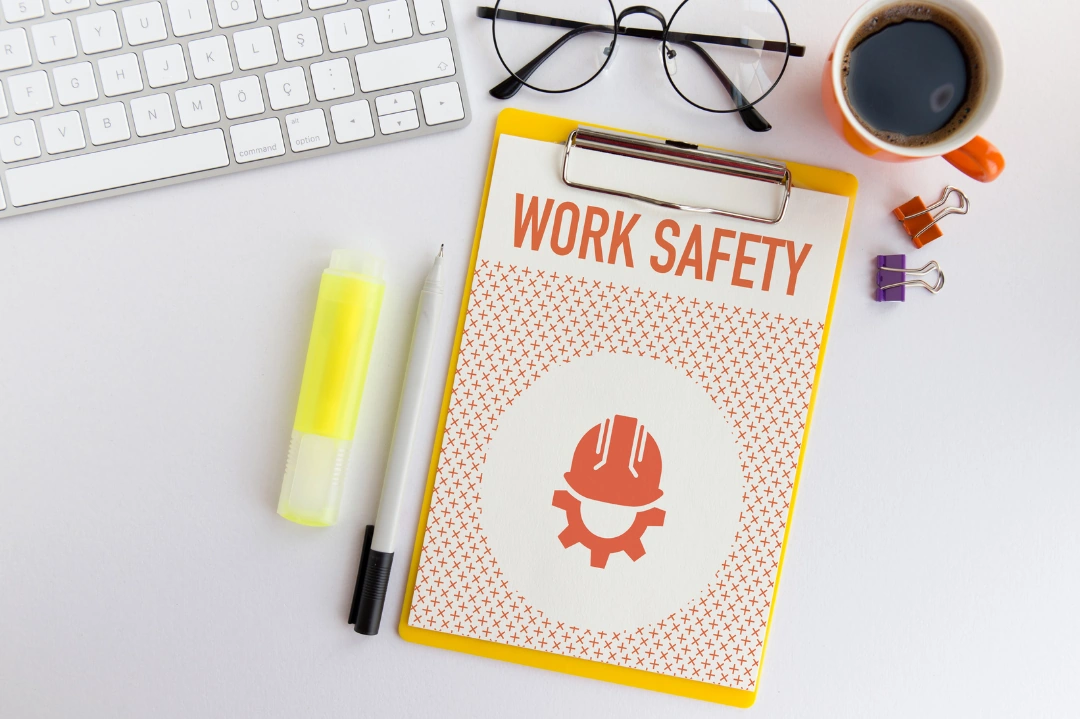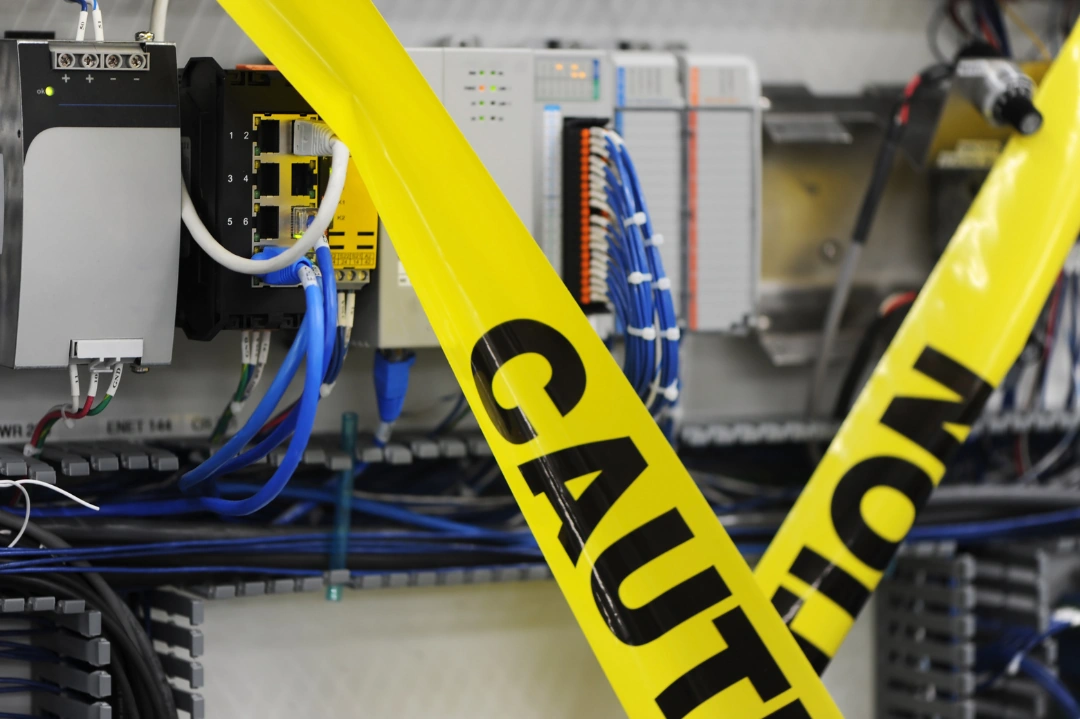
Workplace Safety: Best Practices For Employees And Employers
Lone workers face unique safety challenges in their isolated work environments. Employers must address these challenges by implementing tailored safety practices. We’ve gathered the information about necessary safety measures, compliance requirements, and potential hazards that affect lone workers, so employers can create a safer and more productive environment for their workforce.
The Importance Of Workplace Safety For Lone Workers
Lone workers face unique risks that can affect their safety and well-being. Without the immediate support of a team, they are more exposed to hazards like extreme weather or confrontations with aggressive individuals. That’s why employers must understand and address these challenges.
Employers have legal and ethical duties to protect their lone workers. Legally, they must adhere to occupational health and safety regulations, which require creating a safe work environment through risk assessments and tailored safety measures. Ignoring these responsibilities can lead to significant penalties.
Ethically, employers should ensure their workers' safety and mental well-being while considering the stress and isolation that can accompany lone work. By focusing on safety, employers will meet legal requirements and show they value their employees' welfare. This can improve job satisfaction, boost morale, and reduce turnover, which will benefit the workforce and the organization.
Key Safety Considerations For Lone Workers
It takes tailored safety protocols to create a safe environment for lone workers. Employers should focus on specific measures that address the unique challenges these workers face.
Risk Assessment And Management
Thorough risk assessments are the best way to spot potential dangers lone workers might encounter. Employers need to evaluate risks related to each worker's job and environment, considering the likelihood and impact of possible incidents. By regularly updating these assessments, employers can avoid new hazards and maintain a proactive safety strategy.
Communication Systems And Technology
Reliable communication is a necessary part of keeping lone workers safe. Employers should provide tools like GPS trackers, two-way radios, and specialized mobile apps so workers can quickly reach out if emergencies occur. These technologies add another layer of security by facilitating immediate contact and helping monitor a worker’s location.
Training And Awareness
Regular training sessions prepare lone workers so they know how to handle risks. Employers should cover topics like hazard identification, emergency procedures, and the correct use of safety gear. By promoting ongoing learning, employers equip their workers to respond effectively to unexpected situations, which minimizes the chance of accidents.
Emergency Response Planning
A well-crafted emergency response plan is a great way to keep lone workers safe. Employers should outline clear procedures for different emergencies, including medical issues and security threats. Conducting regular drills keeps workers familiar with these protocols so they know how to act when emergencies occur. This preparation keeps workers safe and proves that the employer is committed to their safety.
Compliance With Safety Regulations
Employers of lone workers must keep up with safety regulations to maintain a secure workplace. These rules are designed to protect employees and minimize the risk of accidents. Understanding which regulations apply to your industry and location is the first step. In the U.S., for example, the Occupational Safety and Health Administration (OSHA) sets standards that require regular risk assessments, proper training, and effective communication systems.
Regulations can change as new technologies and risks emerge, so it's important to stay informed. Employers should monitor updates from regulatory bodies and industry groups by subscribing to newsletters, attending seminars, or joining forums. This keeps all safety protocols current and effective.
Aside from meeting legal requirements, employers must aim for industry best practices. Employers show a strong commitment to their workers' well-being by adopting advanced safety measures and technologies.
Creating A Culture Of Safety
Lone workers are protected when employers build a safety-first culture. This goes beyond simply implementing safety protocols. It involves making safety a shared responsibility and a core value within the organization.
To achieve this, employers should promote open dialogue about safety issues. Lone workers need to feel safe reporting hazards or suggesting improvements without fear of negative consequences. Anonymous reporting options can help everyone feel comfortable speaking up.
Establishing a safety-focused environment starts with good leadership. Employers and managers should lead by example by showing their commitment to safety through their actions, like participating in safety training and supporting safety initiatives.
Employers should also incorporate safety into performance evaluations. Recognizing and rewarding employees who contribute to a safer workplace can encourage others to do the same, and fosters a sense of ownership over their own safety and that of their colleagues.
Employers should also encourage regular feedback to maintain and improve a culture of safety by actively seeking input from lone workers on current safety practices and any challenges they encounter. This feedback should be used to make necessary adjustments, to keep lone workers safe.
Employers who focus on safety create a supportive environment where lone workers feel valued and protected. This benefits employees and the organization overall by improving safety outcomes, morale, and productivity in the business.
Conclusion
Businesses that want to be successful and responsible must focus on the safety of their lone workers. By implementing effective safety measures and staying compliant with regulations, employers can significantly lower the risks associated with lone work environments. Prioritizing workplace safety not only meets legal obligations but also fosters a work culture that values employee well-being.
It's wise for employers to actively engage with their lone workers to make sure safety protocols are practical and effective. Regular risk assessments, advanced communication tools, comprehensive training, and well-practiced emergency response plans are all major factors in protecting lone workers.
Creating a culture of safety requires continuous effort and leadership. Open communication and feedback go a long way toward keeping workers safe, and rewarding employees who contribute to safety initiatives can encourage a safety-first mindset.
A safe working environment has higher productivity, reduced absences, and greater employee satisfaction. For employers, this means a more stable and efficient operation, while employees gain a sense of security and support in their roles. Investing in workplace safety not only protects the workforce but also enhances the overall success and reputation of the business.
Read More From the Lone Worker Blog
The Role Of A QHSE Manager

Employees often work alone in fields such as construction, utilities, transportation, and remote operations, where immediate assistance isn't readily available. Managing the health, safety, and environmental aspects of these roles requires careful oversight.
Read MoreUnderstanding And Assessing Workplace Hazards

The employers of lone workers face unique challenges in identifying and mitigating risks due to their solitary work environments. By assessing workplace hazards effectively, you can create a safer work environment.
Read More


